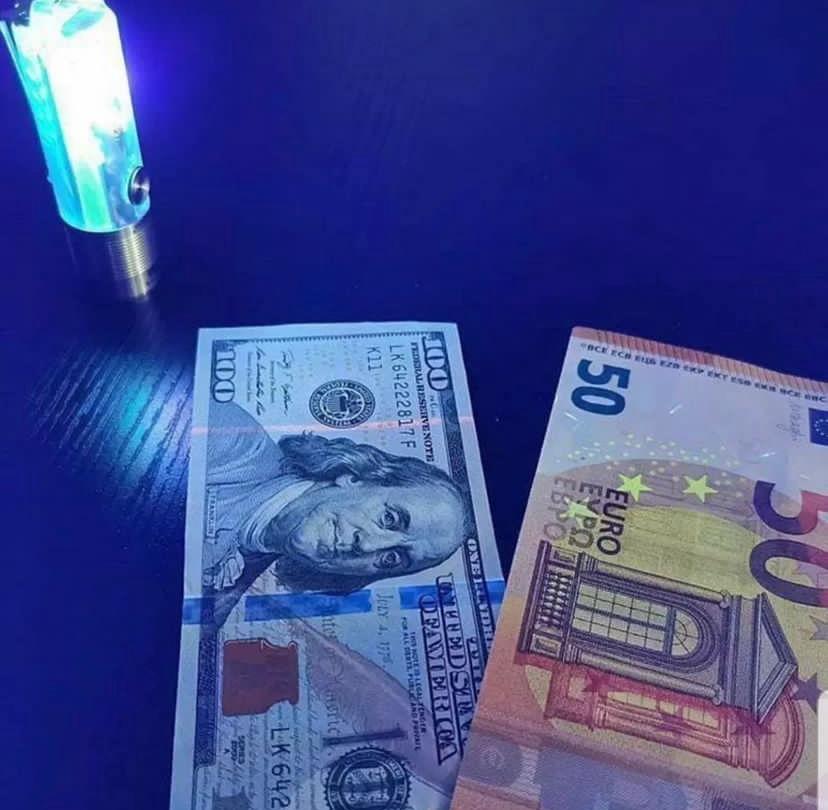
Stage Money vs Counterfeit Bills: Unraveling the Difference 2025
Stage Money vs Counterfeit Bills: Unraveling the Difference 2025
Stage Money vs Counterfeit Bills. In the world of film and theater productions, creating authentic visuals is a fundamental pillar of captivating storytelling. As part of this process, the use of banknotes, whether in scenes of major heists or casual transactions, plays a vital role. However, the terms “prop money” and “counterfeit bills” are often used interchangeably, leading to confusion. In this article, we explore the difference between prop money and counterfeit bills, shedding light on their uses, implications, and impacts across various industries.
Money on Stage: Bringing Fiction to Life
Prop money, abbreviated as “property money,” refers to banknotes designed specifically for use in the entertainment industry. Their primary purpose is to create a realistic appearance on screen, without possessing any legal tender value. Prop money is meticulously crafted to resemble real money, complete with intricate details, colors, and even texture. This attention to detail ensures that the audience is completely immersed in the narrative, believing that the currency exchanged on screen is genuine.
Main Features of Scene Money:
Distinctive Markings: Prop money is intentionally marked as “prop” or “for motion picture use only” to prevent its accidental circulation as real currency.
Non-Functional: Scene money has no financial value and cannot be used in real-world transactions.
Legal Compliance: The production and use of scene money follows legal and regulatory guidelines to prevent any potential misuse.
Quality Craftsmanship: Scene money companies employ skilled professionals who meticulously replicate the appearance of real currency, ensuring a high level of realism.
Counterfeit Notes: A Different Context
On the other hand, counterfeit bills, also known as counterfeit money, are intentionally designed to mislead and pass as genuine currency for fraudulent purposes.
Main Characteristics of Counterfeit Notes:
Intent to Deceive: Counterfeit money is created with the intention of deceiving people and businesses into accepting it as real currency.
Criminal Implications: The production, distribution, and use of counterfeit money are illegal and can result in serious legal consequences.
Genuine Appearance: Counterfeit notes are designed to closely resemble real currency, making them difficult to distinguish without careful analysis .
Negative Economic Impact: Counterfeit currency can harm the stability of financial systems, undermine consumer confidence, and potentially lead to economic losses.
Divergent Purposes and Implications
While both prop money and counterfeit bills involve the creation of replica currency, their purposes and implications are distinct. Prop money serves a creative purpose in entertainment, enriching cinematic experiences with authenticity. Conversely, counterfeit money undermines trust, integrity, and financial security.
Pros and Cons of Stage Money and Counterfeit Bills
In the world of visual storytelling and finance, the use of banknotes has diverse implications, whether for creative purposes in the entertainment industry or for criminal intent through counterfeit money. Let’s explore the pros and cons of both stage money and counterfeit banknotes to understand their contrasting impacts in different spheres.
Scene Money:
Pros:
Enhanced Realism: Scene money adds authenticity to scenes involving financial transactions, making cinematic experiences more immersive and believable.
Creative Freedom: Filmmakers have the flexibility to create diverse scenarios involving money without the restrictions of using real currency.
Cost Savings: Scene money offers a cost-effective alternative to using real currency, allowing filmmakers to allocate resources to other aspects of production.
Customization: Scene money can be tailored to match specific narrative needs, including coin type, denomination, and design.
Safety: Using prop money eliminates the risk associated with handling real money, ensuring the well-being of actors and crew during filming.
Contras:
Potential Misuse: Despite clear labeling, there is a small risk that stage money could be accidentally mixed with real money, which could lead to legal and ethical complications.
Limited Value: Scene money has no financial value, making it unusable for real-world transactions.
Legal Considerations: Misuse of scene money, such as attempting to use it as genuine currency, can lead to legal issues.
Counterfeit Notes:
Pros:
None – Counterfeit Money is Illegal: The intentional production and use of counterfeit money has no legitimate benefits due to its illegal nature.
Contras:
Criminal Activity: Creating, distributing, or using counterfeit money is a criminal offense that can result in legal consequences.
Economic Harm: Counterfeit money undermines confidence in the currency, potentially destabilizing financial systems and leading to economic losses.
Deceptive Intent: Counterfeit money is intended to deceive people into believing they have genuine currency.
Loss of Confidence: The discovery of counterfeit money undermines public confidence in the security of currency and financial institutions.
Economic Destabilization: Large-scale counterfeiting operations can impact the stability of local and national economies.
Balancing Art and Safety
Prop money and counterfeit bills serve divergent purposes with significantly different implications . Prop money enriches creative storytelling while adhering to legal and ethical standards. Conversely, counterfeit money threatens financial systems, undermines trust and integrity, and engages in illegal activities. Understanding the benefits of prop money in enhancing cinematic experiences and the detrimental consequences of counterfeit money on economies and public trust is essential to maintaining a harmonious balance between creativity and security.
